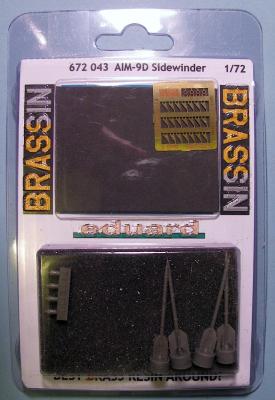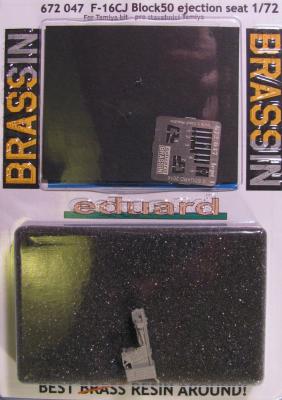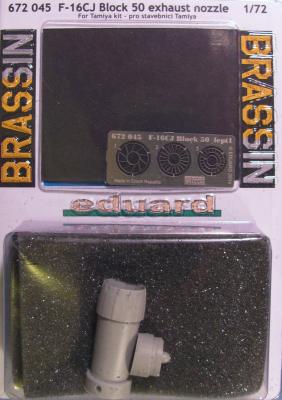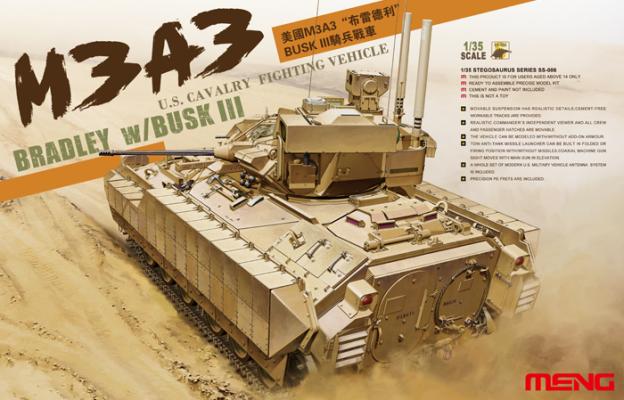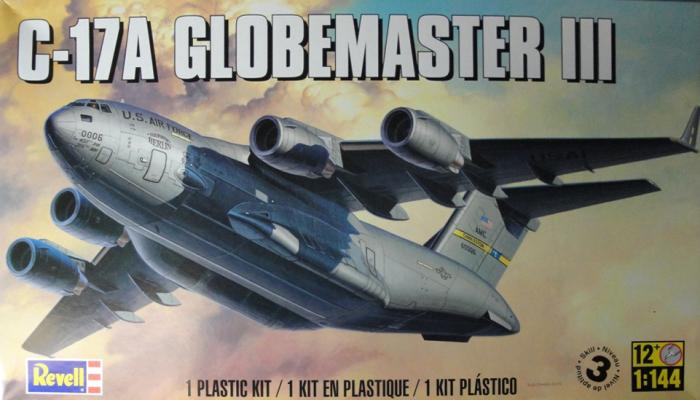Developed as a follow up to the B and C models of the Sidewinder, the AIM-9D featured a Nitrogen cooled Infrared (IR) seeker and utilized the Hercules MK 36 solid-fuel rocket motor. Philco-Ford and Raytheon produced about 1000 of the missiles between 1965 and 1969. The missile was 9 feet, 5 inches long; 24.8 inches across the rear fins, and had a diameter of 5 inches. Weighing in at 195 pounds (25 pounds belonging to the warhead), the missile could travel at over Mach 2.5 with a range of 9.7 nautical miles. The AIM-9D is credited with aerial victories over twenty-two aircraft during the Vietnam War (8 MiG-21 and 14 MiG-17’s) being launched from F-8E/C/H Crusaders and F-4B and J Phantom II’s of the US Navy.
Welcome to the IPMS/USA Reviews site!
Introduction: The primary organization of the IPMS/USA Review website is by IPMS/USA National Contest Class. Within each Class there are sub-menus by kits, decals, books, etc. The Miscellaneous Class is for items that are not class specific or that cross two or more classes.
IPMS/USA Members: We encourage you to submit reviews, both here and to the Journal. To volunteer for membership in the IPMS/USA "Reviewers Corps" and submit your own reviews, please read the Guidelines For Submitting Product Reviews.
Manufacturers, publishers, and other industry members: IPMS/USA is pleased to offer your company the opportunity for product reviews. All product reviews are performed by IPMS/USA members, and are posted in the publicly-accessible section of our website. With very few exceptions, we perform full build reviews of new kit releases, aftermarket products, and supplies. If you would care to provide product samples for review, please contact John Noack, IPMS/USA 1st VP.
To learn more about IPMS/USA, please see our About Us page.
One of the latest releases from Eduard in their Brassin line is this ejection seat meant to replace the kit part in the Tamiya 1/72 scale F-16CJ Fighting Falcon. The Eduard set consists of one resin part and a photoetch fret with eight items that can be used to dress up the appearance of the cockpit of the Tamiya kit. The F-16CJ Block 50 release by Tamiya follows their impressive renditions first rolled out in 1/32 scale, and later in 1/48.
One of the latest releases from Eduard in their Brassin line is an exhaust nozzle meant to replace the kit provided one in the Tamiya 1/72 scale F-16CJ Fighting Falcon. The set consists of two resin parts and a photoetch fret that can be used to dress up the appearance of the Tamiya kit. The F-16CJ Block 50 release by Tamiya follows their impressive renditions first rolled out in 1/32 scale, and later in 1/48.
History
In 1980 the US Army formally took delivery of the new M2 Bradley IFV (Infantry Fighting Vehicle) and M3 Bradley CFV (Cavalry Fighting Vehicle). The M3 CFV had a wielded aluminum hull. It was powered by a 500hp Cummins VTA-903 diesel engine with an HMDT-500 automatic transmission at that time. Its two-man turret had positions for the commander and gunner. The turret consisted of a 25mm M242 Bushmaster chain gun, a 7.62mm M240C coaxial machine gun and a two-tube TOW anti-tank missile launcher. Firing ports and periscopes on each side of the hull, and the two firing ports on the rear ramp were eliminated on the M3 CFV.
History
The C-17 was funded for development in 1984 and the first one was delivered in 1991 to the USAF for testing. The C-17 was originally designed to replace the C-130 and augment the C-5 and C-141. As we all know the C-130 and the C-5 are still going and the C-141 has been removed from service and has been sent to the boneyard for scrapping. The initial order was for 120 units and that was bumped up in 2002 following the attacks of September 11th to 180. Although the USAF is the main user there are many other countries that utilize the C-17.
The Kit
The kit is molded in light gray plastic. Several of the parts had a grainy texture to them and several of the sprue attachment points were thick and difficult to remove. The construction is fairly straight forward.











